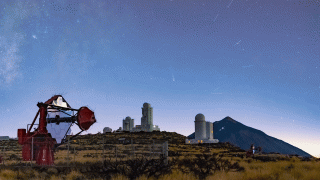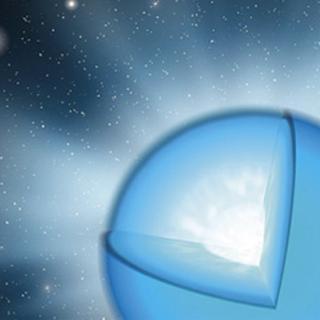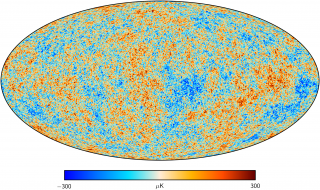General
The formation and evolution of massive galaxies is reasonably well understood in the context of the successful standard ΛCDM formalism. Such simulations of cosmic evolution, however, lead to serious challenges in the regime of the very faint galaxies, including the problems referred to as missing satellites, too big to fail, and planes of satellite galaxies. With the massive amounts of excellent data being produced by astronomical surveys, and with new missions scheduled to produce more data of even better quality, we have a unique chance to solve these problems. To do this, we require innovative developments in information technology. In EDUCADO (Exploring the Deep Universe by Computational Analysis of Data from Observations), an intensive collaboration at the intersection of astronomy and computer science, we bring together experts from different disciplines and sectors. We will train 10 Doctoral Candidates in the development of a variety of high-quality methods, needed to address the formation of the faintest structures. We will reliably and reproducibly detect unprecedented numbers of the faintest observable galaxies from new large-area surveys. We will study the morphology, populations, and distribution of large samples of various classes of dwarf galaxies and compare dwarf galaxy populations and properties across different environments. We will confront the results with cosmological models of galaxy formation and evolution. Finally, we will perform detailed, principled, and robust simulations and observations of the Milky Way and the Local Group to compare with dwarf galaxies in other environments. EDUCADO will deliver a comprehensive interdisciplinary, intersectoral, and international training programme including a secondment at one of our 11 associated partners for each DC. We will provide a fresh and sustainable way of training PhD scientists with interdisciplinary and intersectoral data science expertise, a requisite for future European competitiveness.
Members
Results
2025
commensurability: a Python package for classifying astronomical orbits based on their toroid volume
— Sarkar, S.; Petersen, M.
The Journal of Open Source Software 2025, 10 (109) 7009.The Complete Spitzer Survey of Stellar Structure in Galaxies (CS 4 G)
— Knapen, Johan H.; et al.
Astronomy & Astrophysics 2025, 697, A38, 18 pp.How to write competitive proposals and job applications
— Knapen, Johan H.; Boffin, Henri M.J; Chamba, Nushkia; Chamba, Natasha.
eprint arXiv:2504.01645. — Junais, et al.
Astronomy & Astrophysics 2025, 696, A79, 26pp.— Knapen, Johan H. et al.
eprint arXiv:2503.20857.Euclid Quick Data Release (Q1), A first look at the fraction of bars in massive galaxies at z<1
— Huertas-Company, M; Iglesias-Navarro,P.; Knapen, J. H. et al.
eprint arXiv:2503.15311.— De Rijcke, S. et al.
Astronomy & Astrophysics 2025, 696, A279, 14pp— Junais, et al.
Astronomy & Astrophysics 2025, 695, A106, 19pp.Exploring the stellar streams and satellites around the giant low surface brightness galaxy Malin 1
— Junais, et al.
eprint arXiv:2502.11041.— Knapen, J.H. et al.
Monthly Notices of the Royal Astronomical Society 2025, 537, 1, 293pp.— Junais, et al.
Astronomy & Astrophysics 2025, 694, A82, 18pp.Tracing the evolutionary pathways of dust and cold gas in high-z quiescent galaxies with SIMBA
— Junais, et al.
Astronomy & Astrophysics 2025, 693, A118, 21pp.2024
1. CO-CAVITY project: Molecular gas and star formation in void galaxies
— Peletier, R. F. et al.
Astronomy & Astrophysics 2024, 692, A125, 18pp.
— Junais, et al.
The Astrophysical Journal Letters 2024, 975, L26, 9pp.
— Espada, D; Peletier, R. F. et al.
Astronomy & Astrophysics 2024, 691, A161, 17 pp.
Gas-phase metallicity for the Seyfert galaxy NGC 7130
— Knapen, J. H. et al.
Astronomy & Astrophysics 2024, 689, A193, 6pp.
Other:
The IAC's in-kind contribution to Rubin LSST: 10.4m GTC observing time
— Knapen, J. H.
ZENODO 2024.The Complete Spitzer Survey of Stellar Structure in Galaxies (CS4G )
— Sánchez, P. et. al.
ZENODO 2024.- Inferring stellar population properties with simulation-based inference in the LSST era.
— Iglesias, P. et. al.
ZENODO 2024.




